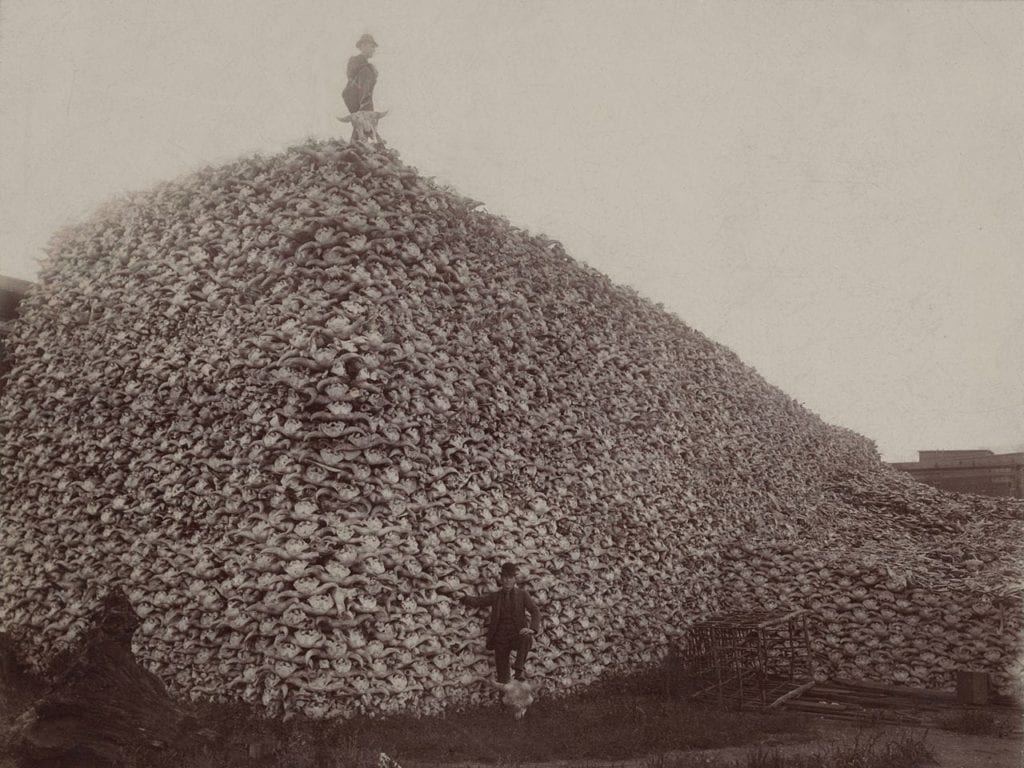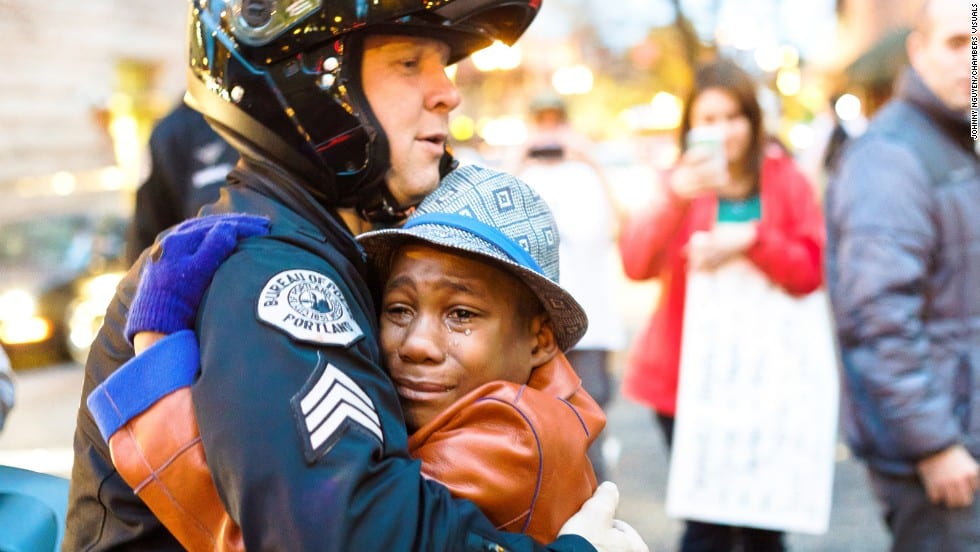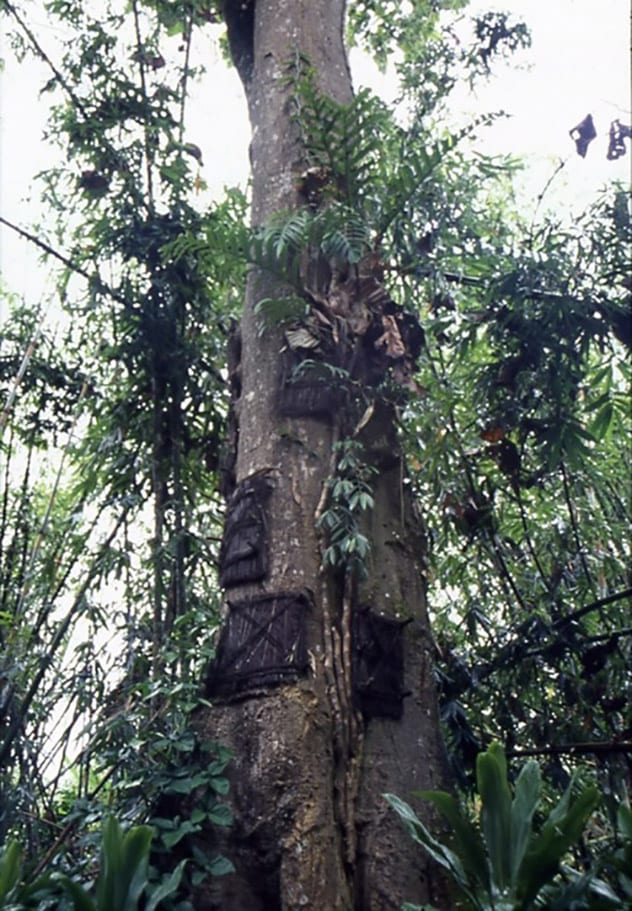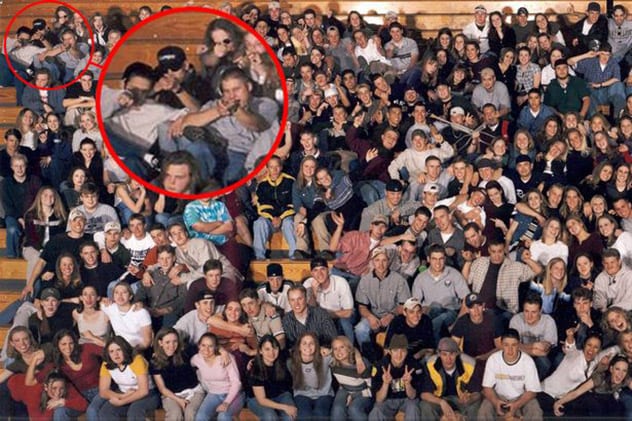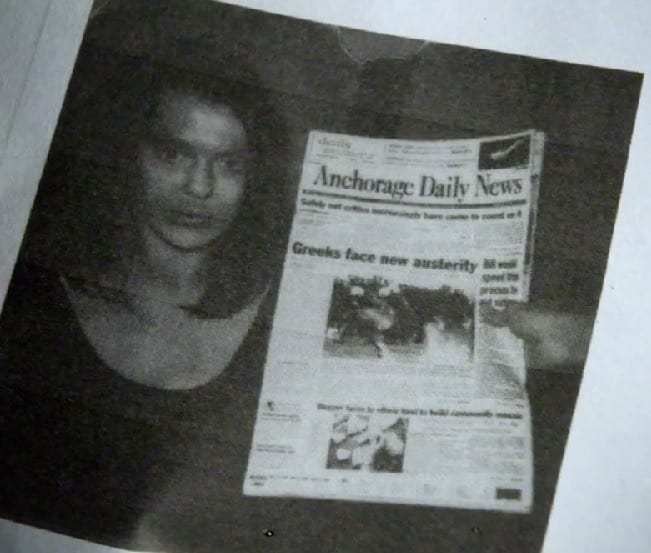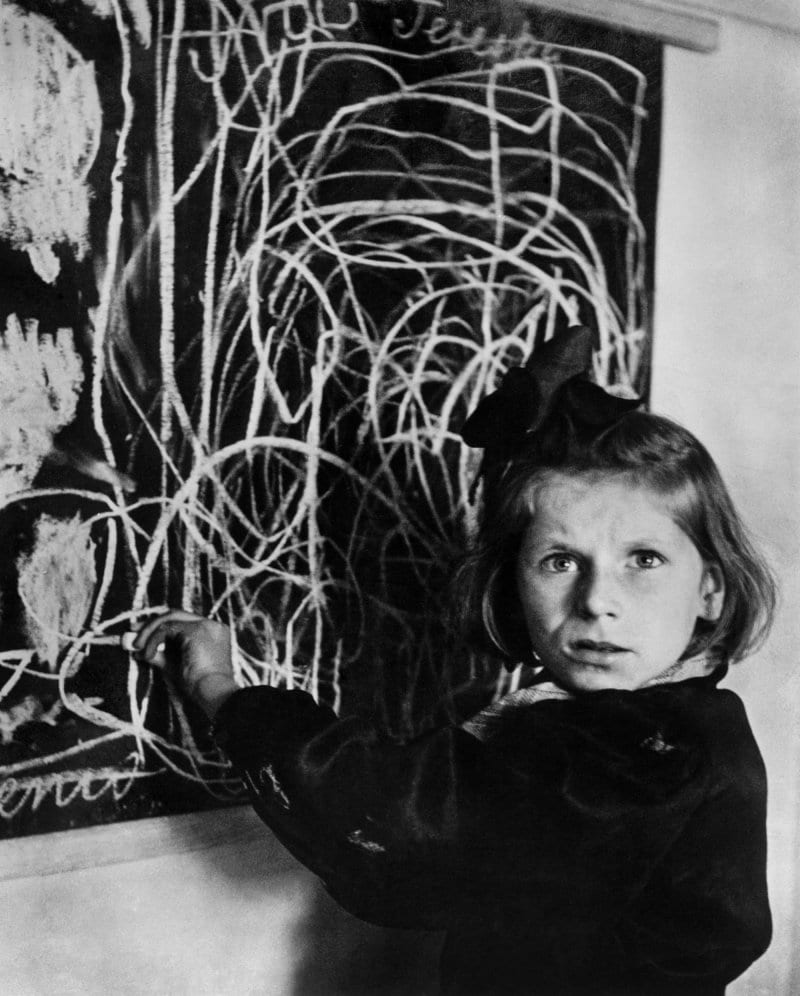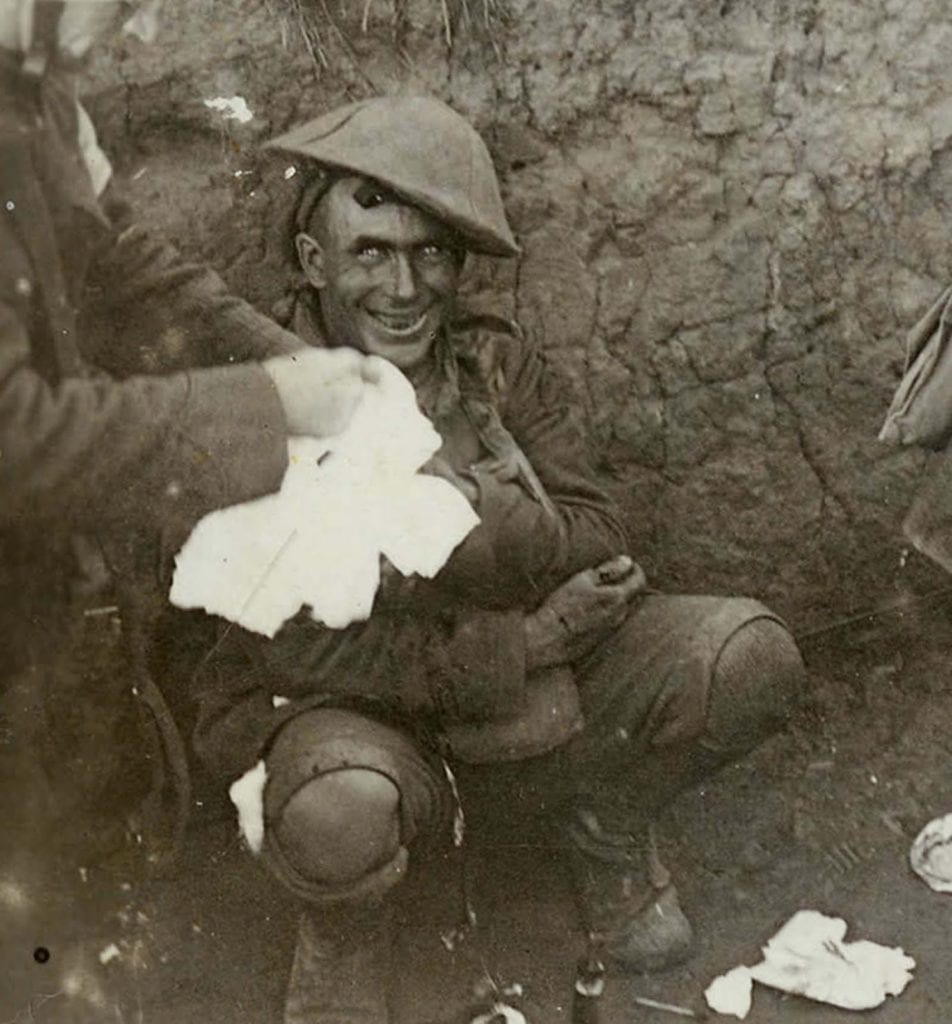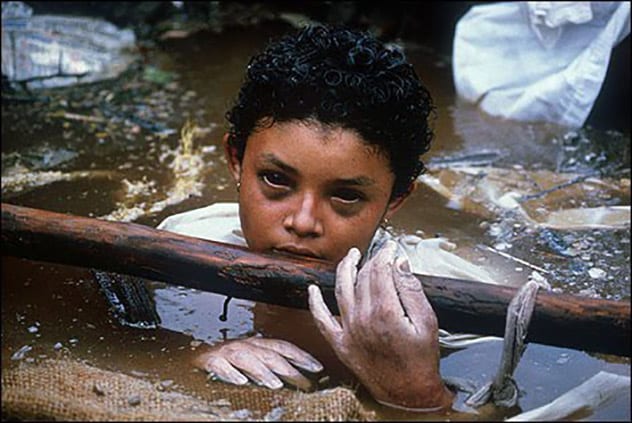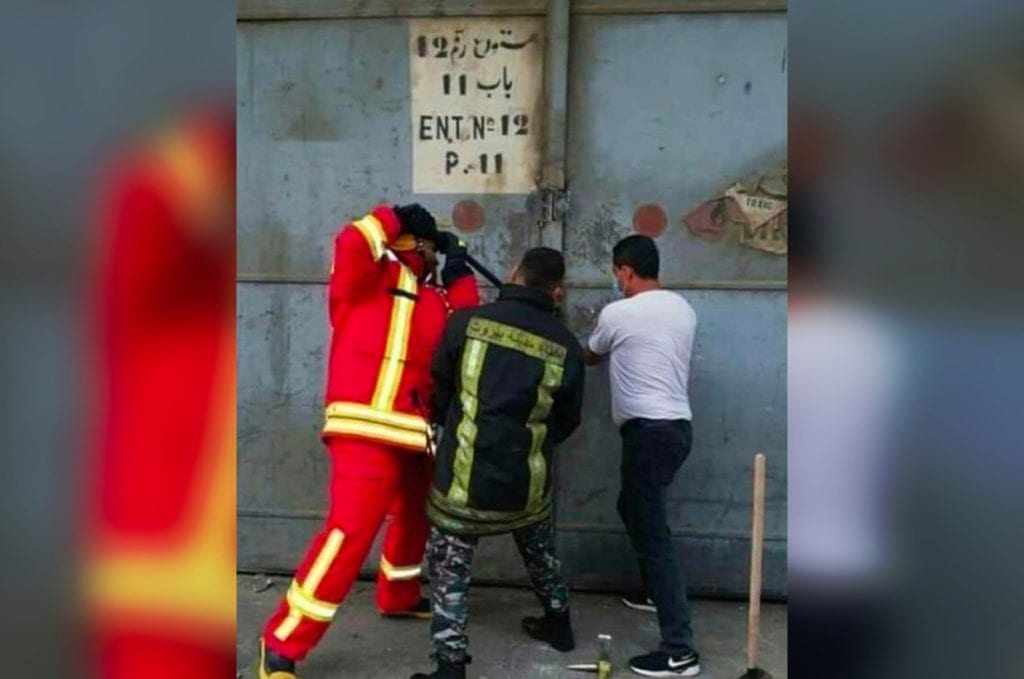10 Stories Behind Incredible Pulitzer Prize–Winning Photographs
10 Mountain of skulls
Between 1800 and 1900, American bison were hunted by American settlers who had a seemingly unquenchable bloodthirst for the animals. Cross-country trains were packed with hunters who would aim at the bison from the windows and kill several in one go. Once the bison were down, the hunters would get out, skin them, and cut out their tongues. The remains of the bison were left to decompose in the hot sun. Between 1872 and 1874, one railroad business shipped half a million bison hides east and eventually the bison population was almost decimated. Their numbers dwindled to mere hundreds from what was estimated to be between 30-60 million. This photograph captured the aftermath of the horrific slaughter. It depicts a mountain of bison skulls in the Midwest during the mid-1870s. Fortunately, conservationists, indigenous tribes, ranchers, and many more made a concerted effort to save the bison from extinction and today there are estimated to be 500,000 in the US.
9 Still missing
Devonte Hart was one of six children adopted by Jennifer and Sarah Hart. Hart took part in a demonstration against police violence in Portland in 2014 and was photographed hugging a white police officer, anguish etched on his face. The picture went viral on various platforms and the young boy was thrust into the spotlight. The palpable emotion visible on the boy’s face in the photo, took on a whole new meaning in March 2018 when the world woke up to the news that the Hart family’s SUV had gone over a cliff in California. All the members of the family were in the car at the time, and police believed that the driver, Jennifer, went over the cliff intentionally. Five bodies were recovered at the time. Later, Ciera’s body (one of the six children) was recovered and remains of Hannah Hart were found on a beach in May 2018. It was subsequently found that Jennifer was under the influence of alcohol while driving and that Sarah was in the passenger seat looking up different ways to end one’s life. One of the searches included “How long does it take to die from hypothermia while drowning in a car?” During the ensuing investigation, terrible details of the Hart’s family life came to light. There have been allegations of child abuse and one of the family’s neighbors told a news channel that the 15-year-old Devonte would often come to her home, asking for food. She went on to say that Jennifer and Sarah Hart would starve the children as punishment and forbid them to go outside. Devonte Hart’s body has never been found.
8 Tree of baby graves
In South Sulawesi, Indonesia, lives an ethnic group called the Toraja who practise animism. They believe that non-human entities including fauna, flora and sometimes inanimate objects possess a ‘spirit.’ The group also practise intricate funeral rites which in itself are occasions for families to gather and the rest of the villagers to participate in these events and reaffirm their commitment to ancient beliefs and traditions. Some of these funeral events last several days at a time as several ceremonies must be held. Because the average Torajan family would lack the money required to cover funeral costs, it sometimes takes months to years before the ceremonies are held. In the meantime, the deceased is embalmed and kept under the same roof as their family. When they are eventually buried and the ceremonies have been completed, the deceased would be placed in a beautiful coffin and interred in caves or suspended from a cliff. When a baby dies, they are not buried in the same fashion. Should an infant pass away before they start teething, their remains are wrapped in cloth and placed inside a hollowed-out space in a tree trunk. The gap is covered with palm fibre and sealed. Once the tree begins to heal, it is believed that the child has been absorbed by it.
7 Class photo
At first glance, this photo looks like nothing more than an ordinary American class photo. That is until you realize that the two boys in the upper left-hand corner shooting imaginary guns at the camera is none other than Eric Harris and Dylan Klebold. A few weeks after this photo was taken at Columbine High School in 1999, Harris and Klebold put an evil plan that they’d been working on for more than a year, into action. The two seniors placed two bombs in the cafeteria as well as in their cars which were parked in the school’s lot. These bombs failed to detonate, but the two boys proceeded to shoot and kill 12 students and 1 teacher. They shot and injured a further 21 people, while 3 others were injured trying to escape the massacre. Harris and Klebold then committed suicide in the school library. It was revealed afterwards that the shooters hoped their planned massacre would claim more lives than the Oklahoma City bombing.
6 Ransom photo
On 1 February 2012, 18-year-old Samantha Koenig was kidnapped from her workplace in Anchorage, Alaska. Israel Keyes stole Samantha’s debit card and other valuables, raped her, and then murdered her the following day. Leaving her body in a shed, Keyes set off for New Orleans to join his family as they all set out to the Gulf of Mexico for a two-week cruise. When the cruise was over, Keyes went back to the shed in Alaska and removed Samantha’s body. He applied makeup to her face and sewed her eyelids open. He then placed a four-day-old newspaper next to her and snapped a photo. He proceeded to send the photo and a ransom demand of $30 000 to Samantha’s parents. Afterwards, he dismembered her body and dumped the parts in Matanuska Lake. Samantha’s devastated family paid the ransom amount, while Keyes went around using Samantha’s debit card to make several transactions. He was eventually tracked down and arrested because he was careless with the transactions. Israel Keyes died by suicide on 2 December 2012 while being held on suspicion of murder. 10 Poignant Photographs From Humanity’s Lowest Moments
5 Picture of home
In 1948 David ‘Chim’ Seymour took a picture with part of the caption reading: “Children’s wounds are not all outward. Those made in the mind by years of sorrow will take years to heal.” The setting was a school for disturbed children in Warsaw, the subject a young girl of around 8 years old named Tereska. She was busy with a teacher’s assignment that required the students to ‘draw home.’ Tereska didn’t draw a building. Instead she drew a tangle of lines. One hand still on the blackboard, displaying her haunting drawing, Tereska looked at the photographer with anguish in her eyes. When Tereska was only 4 years old, her father was seized by the Gestapo. Tereska and her teenaged sister fled to their grandmother’s house. Then, their grandmother’s house was attacked, and they had to flee again, the older woman briefly returning to the home to fetch a forgotten item. She never returned: it is presumed she was either shot or died in an ensuing bomb attack. A large piece of shrapnel hit Tereska and she was left brain damaged. Tereska and her sister Jadzia spent three weeks walking through a war zone before they finally arrived at a village. Tereska’s mental health steadily declined over the years, and she spent her life in an asylum until her death in 1978.
4 Sword Attack
On 22 October 2015, 21-year-old Anton Lundin Pettersson entered Kronan School in Trollhättan, Sweden. He wore a German WWII helmet, a mask reminiscent of that of Darth Vader and carried a sword. He attacked 20-year-old TA, Lavin Eskandar with the sword and then stabbed a 15-year-old student Ahmed Hassan in the abdomen. Eskandar died on the scene while Hassan died later in hospital. Pettersson then wandered the halls and happened upon two oblivious students who posed with him for a photograph, thinking he was part of an early Halloween prank. Shortly afterwards, 42-year-old teacher Nazir Amso requested that Pettersson remove his mask. Pettersson responded by stabbing the older man. Amso died after spending 6 weeks in hospital. At this point, police had arrived at the school and they shot Pettersson who died in hospital later. The ensuing investigation revealed that Petterson shouted “I am your father” before attacking his victims.
3 Shell-shocked
The first photographs were taken during the late 1820s, but it took another century for smiles to become the standard expression in them. Before that, grim expressions were the norm, with some modern-day researchers and experts believing that bad teeth could have been one of the reasons for smile-less photos way back when. Another theory says because photographs took so long to take in the 19th century, it was hard for people to hold their smiles long enough. During the Great War that lasted from 1914 to 1918, there was even less to smile about. Millions of soldiers and civilians lost their lives, and those who survived the war were subjected to PTSD, living their lives with missing limbs and missing loved ones. In this photograph taken in the trenches during the Battle of Flers-Courcelette in September 1916, the photographer captured not only medical orderlies tending to the wounded inside a trench, he also captured what seemed to be a happy, smiling soldier. However, looking more closely at the photograph, it is clear to see that the soldier, who is looking directly at the camera, is ‘shell-shocked’ and has had his psyche destroyed by witnessing the death and destruction around him. The term shell shock was coined by British psychologist Charles Samuel Myers during the war.
2 Trapped in mud
In 1985, disaster struck the small town of Armero, Colombia when a nearby volcano erupted, causing a huge and destructive mud slide. The volcano eruption had been ‘brewing’ since the 1840s and by September 1985 had released such violent tremors that residents in nearby towns became frightened. Nevado del Ruiz erupted on 13 November 1985, triggering the mud slide. The mud covered at least 85% of Armero, destroying houses, roads and bridges, and trapping residents who tried to flee. Most of the town’s people died; up to 25,000. This meant only a fifth of the population survived. Hours passed before the initial rescue efforts began, leaving scores of people trapped and terrified before their eventual death. Two days after the disaster, photojournalist Frank Fournier, made his way to Armero intending to take photographs of the rescue effort. Fournier was shocked by the chaos and horrifying screams of people on the brink of death. A farmer approached Fournier and took him to a little girl that had been trapped under her house for three days. Thirteen-year-old Omayra Sánchez Garzón was buried neck-deep in water and debris and rescue workers were working non-stop to free her. Her legs were pinned down by something in the water and by the time Fournier reached her, she was floating in and out of consciousness. Fournier took a photograph of Omayra, and the young girl asked him to take her to school because she didn’t want to be late for class. Fournier stayed with Omayra while volunteers and rescuers kept trying to save her. At one point she asked them to let her rest and to tell her mother goodbye. Omayra died 3 hours later.
1 Last effort before disaster
On 4 August 2020, a massive amount of ammonium nitrate that had been stored improperly at the port of Beirut exploded, killing 181 people, injuring at least 6,000 and leaving 300,000 homeless, while causing billions in property damage. The explosion could be heard in Cyprus and felt in Turkey, Syria and Israel and is considered to be one of the most devasting and powerful non-nuclear explosions in history. In the days after the disaster, a photograph was found on a photographer’s recovered phone. The photographer died in the blast. The photo shows heroic firefighters desperately trying to break into a Beirut warehouse (Warehouse 12) after reports of a fire. A unit of 10 firefighters was sent with 7 following close behind the three trying to get into the warehouse. Moments later the warehouse exploded, the blast swallowing up all 10 firefighters. 10 Of The Most Powerful Photographs From The Last Decade Read More: Mary and Me
